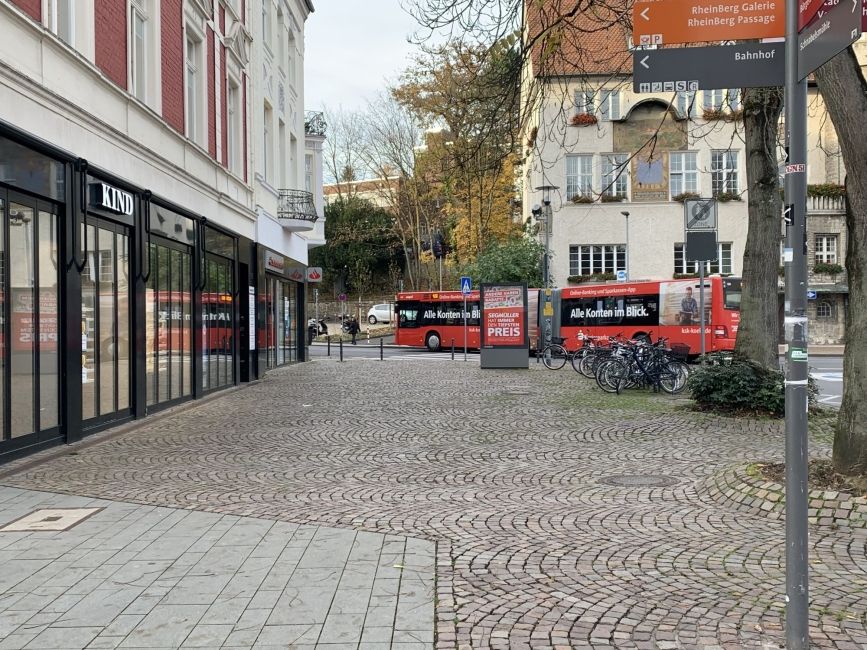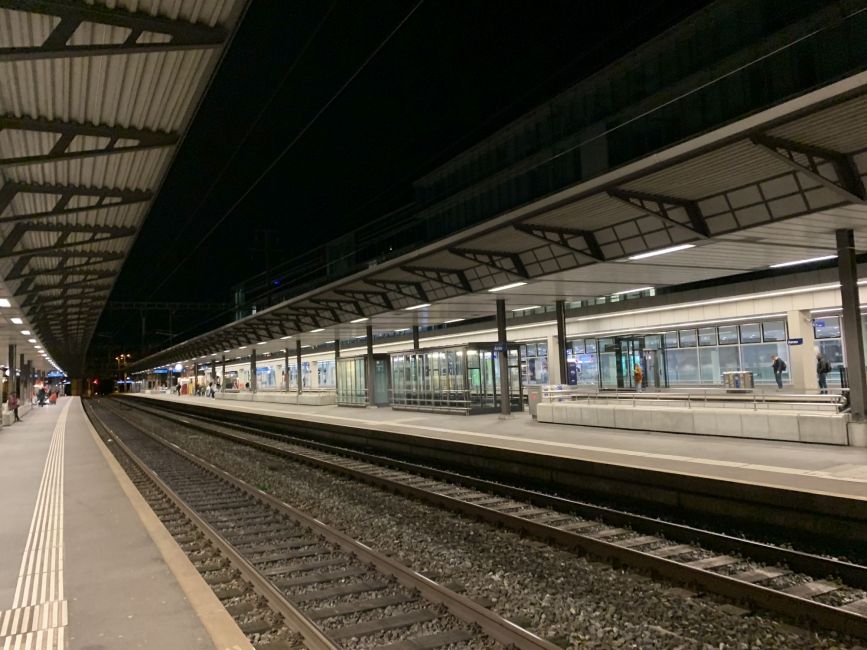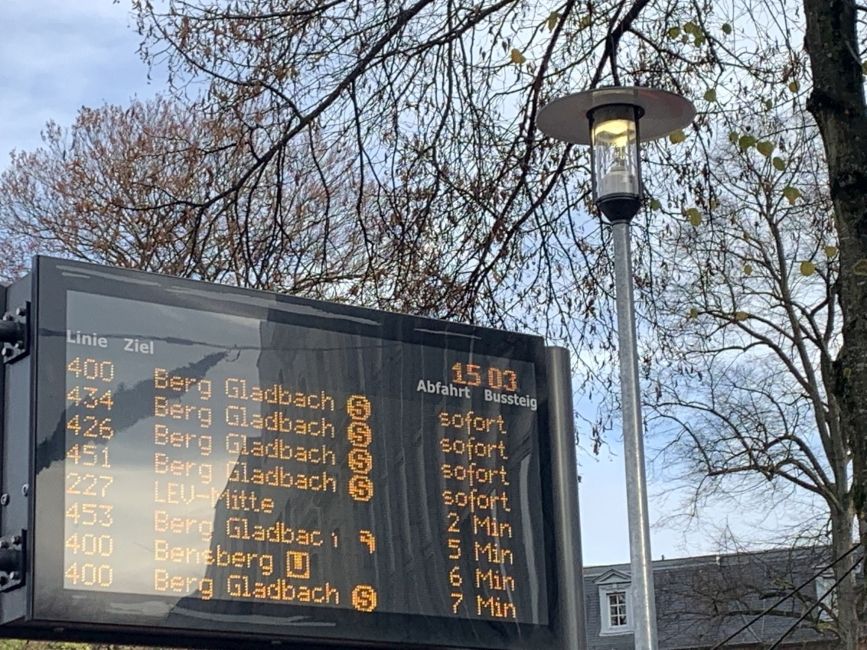My Impression of German Transportation
After a long reflection over my Herbstferien, I’ve realized that one key vehicle contributed to its success: the train. I traveled all the way from Frankfurt to Aarau in Switzerland in 6 hours with the rest of the day to spare. All it took was a change from a Regional Express train onto an ICE high speed train and then finally the S-bahn. All of which only cost € 25 euros.
As an American who has mainly used a car for transportation ever since 16, it is a relief to not have to worry about taking care of it. Whether it be scratches, the oil, or tire pressure, I find it nice to stop worrying about the maintenance of a car. For the Deutsche Bahn, they take care of the trains themselves, which can alleviate the burden of making sure a vehicle is ready for a long trip.
There are naturally situations where cars do triumph over public transportation in Germany. In my experience, trains are somewhat late and bus rides can take much longer than having someone drive you. Nonetheless, the system is eons ahead of how it is in my hometown. Despite being a similar size to Cologne, almost no one uses a bus or the light rail to get around. Consequently, there is always traffic during commute hours. I would compare the situation to a group of people sitting in a stadium. When one person stands up to get a better view, he/she will get a better view. However, when everyone does the same, people are right back where they started. I love where I come from, but I believe that Charlotte would thrive with a better public transport system.
When traveling long distances in Germany, there are 3 main types of trains. The Intercity-Express (ICE) trains are the fastest one out of the three. Reaching speeds up to 186 miles per hour, it can get you from Cologne to Frankfurt in around an hour. The Regional-Express (RE) trains provide transportation between cities on a fixed-schedule, offering reliability to those who may need to travel around Germany often. In addition, they make less stops in between cities, cutting down on travel time. The last train called the Regionalbahn (RB) is basically the last type of train, but it must stop more often between cities. Sometimes when traveling from city to city, you will use a combination of all three trains depending on the scheduling of them.
I was told by my father from his stories of working in Europe about how easy it was to get around. Whether it would be taking a night train from Cologne to Amsterdam or using the S-bahn to get to downtown Munich, it is easy to see that all of it is true. Overall, I’m quite happy with the public transportation system.


